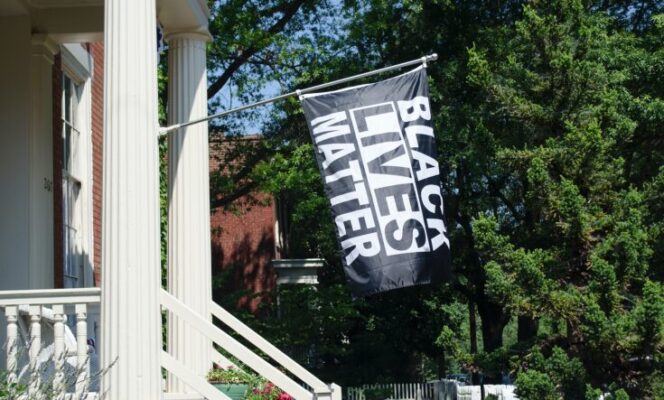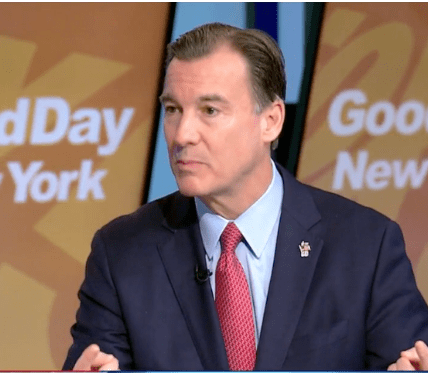Richmond County, Virginia, steeped in historical significance and adorned with scenic landscapes, stands as a multifaceted region welcoming both residents and visitors. However, like many urban areas, it grapples with crime and safety concerns, with specific neighborhoods standing out for their unique challenges. This exploration into the intricacies of these communities offers valuable insights into the factors contributing to their perceived risks, fostering a deeper understanding of their complexities.
Gilpin: A Historical Tapestry Woven with Challenges
Nestled in the north-central part of Richmond, Gilpin emerges as one of the city’s oldest and economically disadvantaged areas. Bordered by Interstate 95, Chamberlayne Avenue, Brookland Park Boulevard, and Lombardy Street, Gilpin faces multifaceted issues with a median household income of $17,551 and a poverty rate of 48.6%. Notably, its elevated violent crime rate reached 2,217 incidents per 100,000 residents in 2020, coupled with a high property crime rate of 5,874 incidents per 100,000 residents. Unraveling the historical threads of Gilpin reveals a narrative shaped by economic challenges and social disparities, shedding light on the complexities contributing to its safety concerns.
Mosby: Exploring Socioeconomic Strata Amidst Challenges
Situated in the east-central region of Richmond, Mosby reflects a predominantly African American population. Bordered by Interstate 64, 25th Street, Nine Mile Road, and Fairfield Avenue, Mosby grapples with unique dynamics, featuring a median household income of $18,788 and a poverty rate of 44.9%. Violent crime remains a significant concern, with 1,874 incidents per 100,000 residents recorded in 2020, along with a considerable property crime rate of 5,419 incidents per 100,000 residents. Navigating the socioeconomic strata of Mosby unveils challenges intertwined with historical and cultural factors, providing a nuanced perspective on its safety landscape.
Whitcomb: Diversity Amidst Economic Realities
In the eastern part of Richmond, Whitcomb stands as a diverse neighborhood with a low-income population. Surrounded by Mechanicsville Turnpike, Creighton Road, Nine Mile Road, and Fairfield Avenue, Whitcomb features a median household income of $21,875 and a poverty rate of 40.4%. With a violent crime rate of 1,724 incidents per 100,000 residents in 2020 and a substantial property crime rate of 5,063 incidents per 100,000 residents, Whitcomb grapples with safety challenges against a backdrop of diversity and economic realities. Unpacking the layers of Whitcomb’s identity unveils a neighborhood navigating through the intersections of culture, economics, and safety concerns.
Hillside Court: A Public Housing Mosaic Facing Challenges
Located in the south-central region of Richmond, Hillside Court comprises a public housing complex accommodating approximately 1,000 residents. Surrounded by Midlothian Turnpike, Belt Boulevard, Hull Street, and Commerce Road, Hillside Court predominantly consists of African American individuals with low-income backgrounds, facing distinctive challenges. In 2020, the neighborhood recorded a notable high violent crime rate of 1,619 incidents per 100,000 residents, accompanied by a substantial property crime rate of 4,894 incidents per 100,000 residents. Hillside Court’s narrative is woven with the intricacies of public housing dynamics, shedding light on the intersection of socioeconomic factors and safety challenges.
Creighton: Unraveling a Tapestry of Mixed-Race Dynamics
Situated in the eastern part of Richmond, Creighton stands as a mixed-race, low-income area. Bordered by Nine Mile Road, 25th Street, Creighton Road, and Mechanicsville Turnpike, Creighton faces distinct challenges with a median household income of $23,125 and a poverty rate of 37.9%. In 2020, Creighton encountered a high violent crime rate, registering 1,571 incidents per 100,000 residents. Additionally, a notable property crime rate of 4,780 incidents per 100,000 residents adds to the safety concerns. Unraveling the tapestry of Creighton reveals a neighborhood navigating through the complexities of mixed-race dynamics, socioeconomic realities, and safety considerations.
Conclusion: Navigating the Mosaic of Richmond County, Virginia
These neighborhoods, while facing safety challenges, are vibrant communities with residents actively working to enhance their quality of life. It’s imperative to recognize that crime can manifest anywhere, emphasizing the importance of remaining cautious and vigilant, irrespective of location.
Read More News:
- Seattle’s Pink Umbrella Incident: Embracing Accountability and Seeking Resolution in Policing
- Off-Duty Officer Fatally Shot While Confronting Suspects at North Carolina Gas Station
- Merry Christmas Wishes and images for 2023
If you plan to visit or reside in any of these neighborhoods, conducting thorough research and implementing necessary precautions is crucial. Richmond County’s mosaic of neighborhoods invites exploration, and understanding their nuances fosters a more inclusive dialogue on safety and community well-being.




